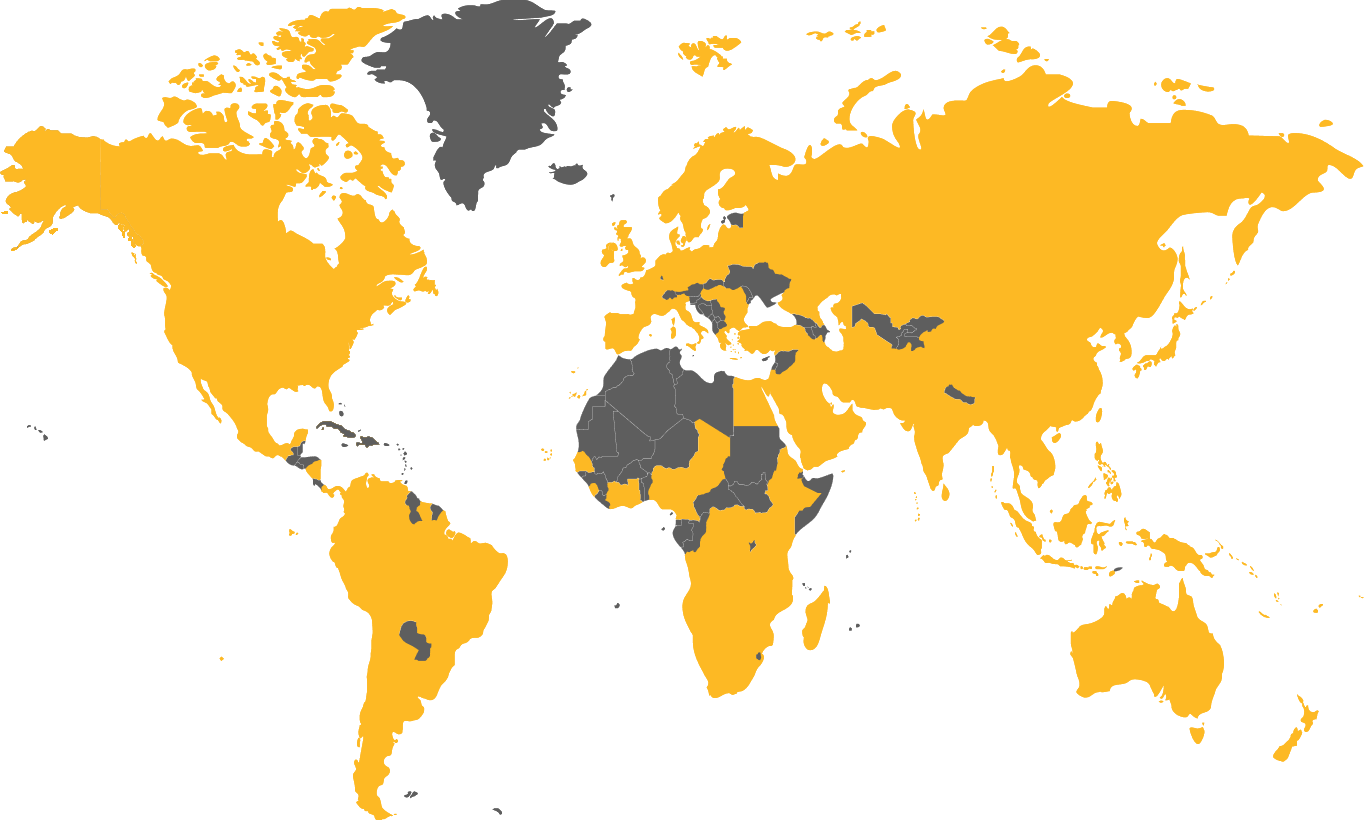For HDPE pipe in other regions, please check with your local authority
- What are HDPE (High-Density Polyethylene) pipes
- Importance of colour coding for HDPE pipes
- Explanation of the colour coding system
- Common colours used
- Red Stripes
- Blue Stripes
- Light Yellow Stripes
- Dark Yellow Stripes
- Green Stripes
- Orange Stripes
- Purple Stripes
- Grey Stripes
- Cream Stripes
- White Stripes
What are HDPE (High-Density Polyethylene) pipes?
HDPE pipe, or high-density polyethylene pipe, is a flexible and versatile poly plastic used for transporting fluids and gases. Because of its material composition, it’s completely resistant to rust and is frequently used to replace old concrete or steel main pipes. Its corrosion resistance and flexibility also ensure a long lifespan and significantly reduced maintenance costs.
Aside from its rust resistance, it is especially favoured because of its exceptional tensile strength and impact resistance, making it an excellent option for conduit, and drainage systems. It plays a vital role in various pipe systems, from agriculture, and mining through to infrastructure development.
Importance of colour coding for HDPE pipes
Since HDPE pipes are suitable to such a wide range of applications, a colour coding scheme has been implemented to make it easy for professionals and technicians to accurately identify the purpose and contents of pipes. This coding system simplifies the process of handling and installing HDPE pipes, reducing the likelihood of errors and ensuring the overall safety and efficiency of the systems they are integrated into.
Let’s explore the HDPE colour coding system and what each colour signifies:
Explanation of Australian (Iplex) & American (Atkore) HDPE Pipe Colour Coding
The colour coding system for HDPE pipes typically involves coloured stripes or bands on the exterior of the pipes. These stripes indicate the type of fluid or gas the pipe is designed to carry, the pressure rating, and other essential information. Understanding this system is crucial for anyone working with HDPE pipes to ensure they are used correctly.
Common Colours Used
HDPE pipes in Australia can come with various coloured stripes, each serving a specific purpose. Below, we’ll discuss the most common colours used and their meanings, along with some typical applications:
Red Stripes
Meaning and Significance:
Red stripes on an HDPE pipe usually indicate that pipes are dedicated fire-extinguishing supply mains.
Common Applications:
Firefighting systems, fire-extinguishing supply mains, emergency water supply.
Blue Stripes
Meaning and Significance:
Blue stripes typically signify that the HDPE pipe is intended for potable (drinkable) water. They are designed to meet strict quality standards for water distribution, which can be consumed.
Common Applications:
Municipal water supply, residential water distribution.
Yellow Stripes
Meaning and Significance:
Yellow stripes indicate that the HDPE pipe is meant for gas, fuel gas or coal seam gas. These pipes have the necessary pressure ratings and safety features for carrying natural gas.
Common Applications:
Natural gas distribution, industrial gas lines.
Green Stripes
Meaning and Significance:
Green stripes on an HDPE pipe are often associated with Imperial Rural/Raw Water also known as rain water. These pipes usually run in rural areas, where rain water collection is critical.
Common Applications:
Rainwater harvesting.
Orange Stripes
Meaning and Significance:
Orange-striped HDPE pipes are typically used for electrical conduit applications.
Common Applications:
Underground electrical and communication lines.
Purple Stripes
Meaning and Significance:
Purple stripes can indicate reclaimed or recycled water pipes. These pipes are used to transport treated wastewater for non-potable purposes, such as irrigation as well as slurry lines.
Common Applications:
Reclaimed water systems.
Grey Stripes
Meaning and Significance:
Grey-striped HDPE pipes are often used to signify gravity sewers. These systems use a network of pipes, which rely on gravity to transport raw waste to treatment plants.
Common Applications:
Gravity sewage systems.
Cream Stripes
Meaning and Significance:
Cream stripes may be used for Sewer Rising Main. Rising mains are pipes carrying sewage from a pumping station to another discharge point, like a sewer or a sewage treatment facility.
Common Applications:
Pressurised sewer applications.
White Stripes
Meaning and Significance:
White stripes are used for communication conduits and/or mine sites in order to reduce the heat load on above-ground transfer.
Common Applications:
Used to identify communication conduits and in mining to lower the heat load on transfer lines above ground.







